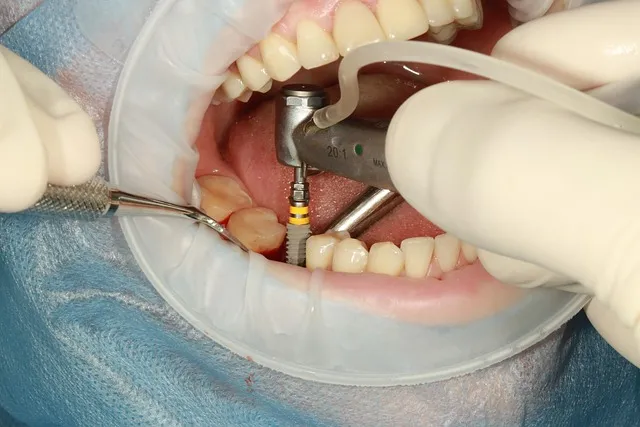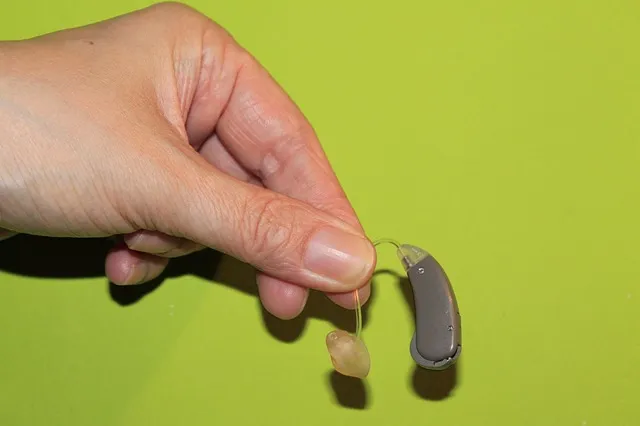What is Cochlear Implants for Babies?
Cochlear implantation is a procedure that surgically places cochlear implants or hearing devices that enable hearing if a newborn suffers from severe to intense hearing loss. A cochlear implant works by converting sounds into electric pulses that further stimulate the auditory nerve. The auditory nerve transmits the signal to the brain, which recognizes the signal as sound.
A baby will wear an external speech processor or microphone behind his/her ear, through which radio frequency signals will be transmitted to an electronic chip surgically implanted inside the ear (receiver-stimulator). This will stimulate the auditory nerve carrying electrodes (which is threaded through the cochlea). This implant differs from a hearing aid in that it does not amplify sound towards the ear canal; rather it compensates for the non-operational parts of the infant's inner ear.
Why does one need Cochlear Implantation?
A cochlear implant assists children and adults suffering from very severe deafness, for which hearing aids yield little or no benefit. A cochlear implant will allow a newborn to receive and process different sounds and speech. It might not restore hearing completely but is useful in allowing sounds and speech to be processed and transmitted to the brain.
Which Specialist should be Consulted if a Newborn has any of the Signs and Symptoms?
A pediatric ear, nose and throat (ENT) specialist will determine the baby's hearing condition and may also refer him/her to an audiologist who specializes in hearing loss and hearing aids. It will then be determined if the baby is a good candidate for the cochlear surgery or not.
Read about Hearing aid FAQ's.
What are the Screening Tests and Investigations before the Surgery?
Various tests will be conducted prior to the surgery. These include:- Physical examination through MRI and CT scans of external, middle and inner ear for abnormality in structure or infections
- Hearing tests like an audiogram
What is the Procedure for Cochlear Implantation Surgery?
Cochlear implantation surgery is conducted under general anaesthesia. The surgeon will make an incision behind the ear and open the mastoid bone using a microscope and bone drill. The inner part of the implant is placed, along with an electrode arrangement. A receiver is placed close to the skin into a small pocket created behind the ear. Once the implant placement is completed, the surgeon will stitch the cut region. The outside component of the implant will be placed in one to four weeks after surgery to allow the incision to heal. The newborn will be able to feel the receiver under the skin in form of a bump behind the ear.
What are the known Complications of the Surgery?
Cochlear implantation is a relatively safe procedure. However, like any surgical procedures, some risk factors include:- Infection in the implantation site
- Difficulty in wound healing
- Skin breakdown at the site of implantation
What Precautions or Steps are Necessary to Stay Healthy and Happy before and after Cochlear Implantation?
Depending upon the newborn's condition, the mother and the baby may be allowed to go home on the same day of the surgery or may require an overnight hospital stay. The doctor will prescribe painkillers and antibiotics as a preventive measure against infection. The dressing over the site of surgery will be removed the next day.
Get free quotation from Top ENT specialist across India.
Within one to four weeks after the surgery, the external component of the implant will be attached to the receiver-stimulator to allow the baby to begin using the device. Once the implant is successfully placed and operational, the newborn will undergo formal communication training to associate signals that s/he receives through the implant with different sounds around him/her. The parent will work in close association with a team of audiologists, speech therapist, and an ENT specialist. This process will require time and practice. Parents can discuss with the doctor regarding the degree of physical activities that their newborn can safely participate in without causing trauma to the implant. Due to the metal placed inside, the baby will not be able to undergo MRI scans after the surgery.
Sources: "Cochlear implants: Who are they for?" MayoClinic.com, Cynthia Hogan, Ph.D., https://www.mayoclinic.com/health/cochlear-implants/AN01963 "Cochlear implant," MedlinePlus, NIH, https://www.nlm.nih.gov/medlineplus/ency/article/007203.htm "Cochlear Implants," National Institute on Deafness and other Communication Disorders (NIDCD), NIH, https://www.nidcd.nih.gov/health/hearing/pages/coch.aspx "Medical Devices," U.S. Food and Drug Administration, https://www.fda.gov/MedicalDevices/ProductsandMedicalProcedures/ImplantsandProsthetics/CochlearImplants/ucm062823.htm "Understanding Cochlear Implants," WebMD.com, https://www.webmd.com/healthy-aging/cochlear-implants
Reviewed by







